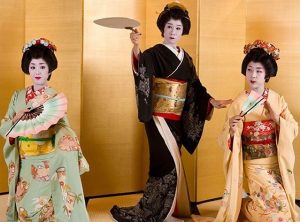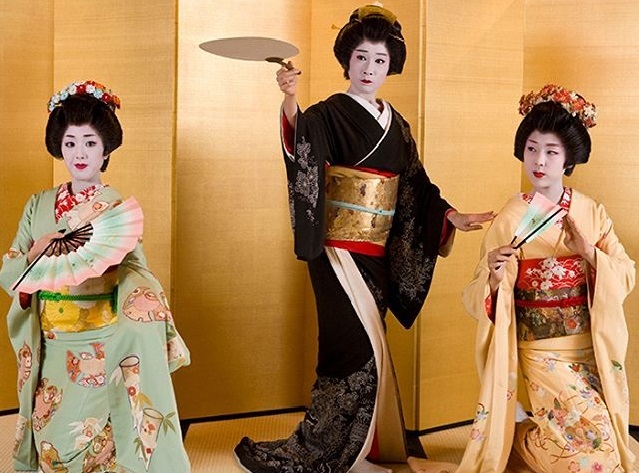When I first learned about the geisha tradition in Japanese culture, I was captivated by the mystique and elegance that surrounded these fascinating women. Growing up in a Western society, my exposure to Asian culture had been limited, and my knowledge of geishas was limited to what I had seen in movies and read in books. However, as I delved deeper into their world, I realized that there was much more to this ancient tradition than meets the eye.

Contrary to popular belief, geishas are not simply high-class entertainers or prostitutes, as they are often misunderstood to be. In fact, the word “geisha” itself translates to “person of the arts,” and these women are trained extensively in various traditional Japanese arts, such as music, dance, and tea ceremony. They are skilled performers who dedicate their lives to preserving the cultural heritage of Japan.
The history of geishas can be traced back to the 18th century, during the Edo period in Japan. Originally, they were men who entertained the wealthy and aristocratic clientele with their music and dance performances. However, as time went on, women began to take on the role and eventually became the prominent figures we now associate with geishas.
Becoming a geisha is not an easy task—it requires years of rigorous training and dedication. Young girls, usually between the ages of 15 and 20, enter an okiya, a geisha house, where they become maiko, or apprentice geishas. These young girls undergo comprehensive training in various arts, as well as learning the etiquette and grace needed to be a geisha. It is during this time that they wear the iconic kimono and obi, and decorate their hair with intricate hairstyles adorned with beautiful hairpins.
The life of a geisha is highly regimented, with strict rules and regulations. They often live in the okiya, where they are mentored by the older geishas. Their schedule revolves around their performances, which can include tea ceremonies, musical performances, and traditional dance. All of these activities are designed to entertain their clients and create a memorable experience for them.
One of the most intriguing aspects of the geisha tradition is the art of conversation. Geishas are trained in the art of engaging conversation, where they use their wit, knowledge, and social skills to entertain and charm their guests. Contrary to common misconceptions, geishas are not there for romantic or sexual favors, but rather to provide companionship and entertainment during the evening.
Geishas are highly respected in Japanese society, and their presence at important events and cultural ceremonies is considered a mark of prestige. They are often seen as cultural ambassadors, carrying the legacy of traditional arts and customs to the modern world.
However, the geisha tradition has faced its fair share of challenges and criticism over the years. With the advent of modernization and changing societal values, the demand for geishas has decreased significantly. The once-thriving industry has experienced a decline, with fewer young girls willing to dedicate their lives to this demanding profession. Furthermore, the role of women in society has evolved, leading some to question the relevance and appropriateness of the geisha tradition in the modern era.
Nevertheless, there are still geishas who continue to practice this art form with great passion and dedication. They strive to keep the tradition alive and ensure that the rich cultural heritage of Japan is not forgotten. Geisha performances can still be witnessed in certain areas of Japan, such as Kyoto, where they attract both local and international visitors who are eager to catch a glimpse of this enchanting world.
In conclusion, the geisha tradition in Japanese culture is a captivating and multifaceted art form that has mesmerized people for centuries. Behind the seemingly exotic allure lies a world of discipline, dedication, and deep-rooted cultural significance. Understanding the intricacies of this tradition allows us to appreciate the many layers it contains and respect the geishas who carry its legacy forward.











